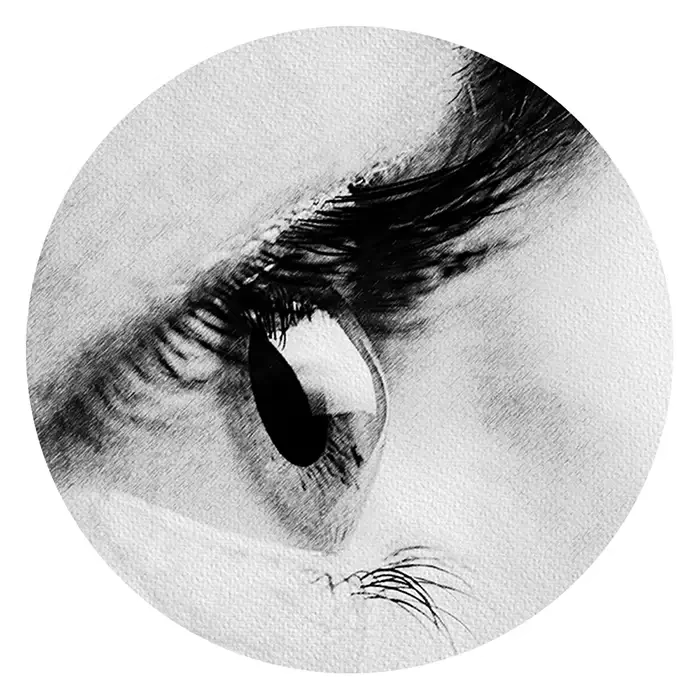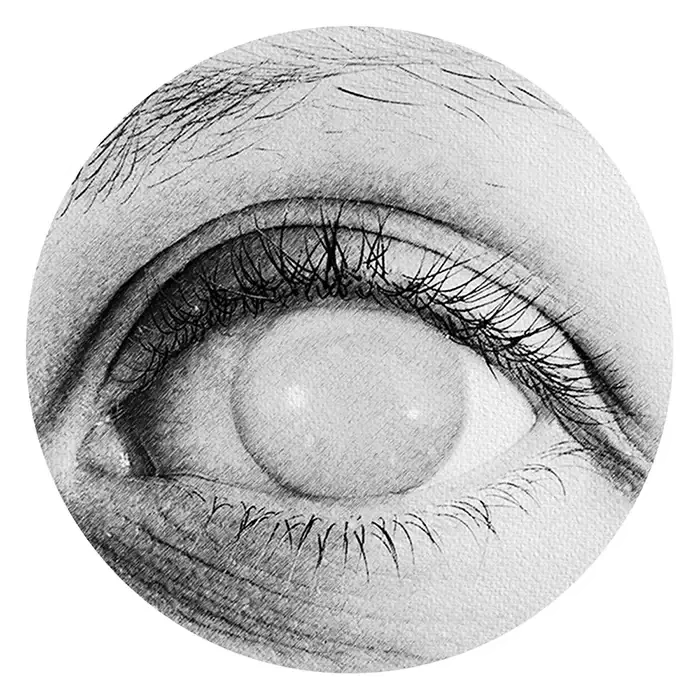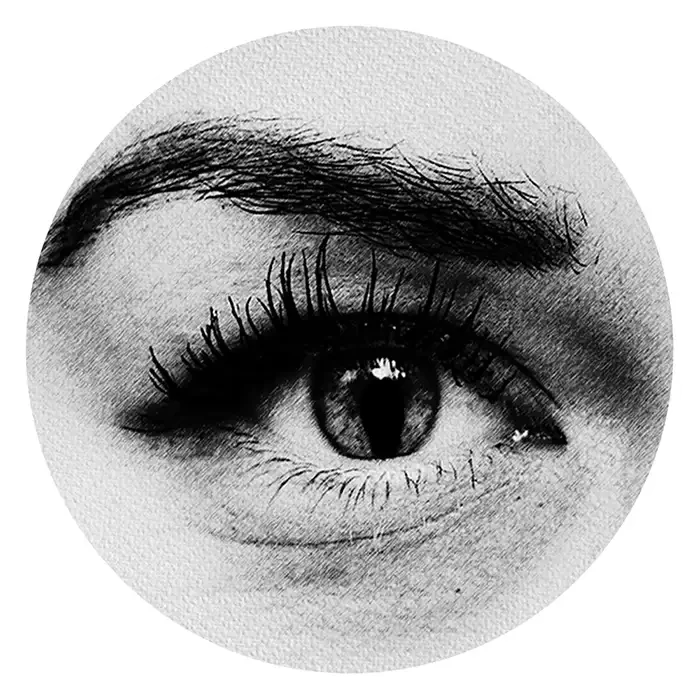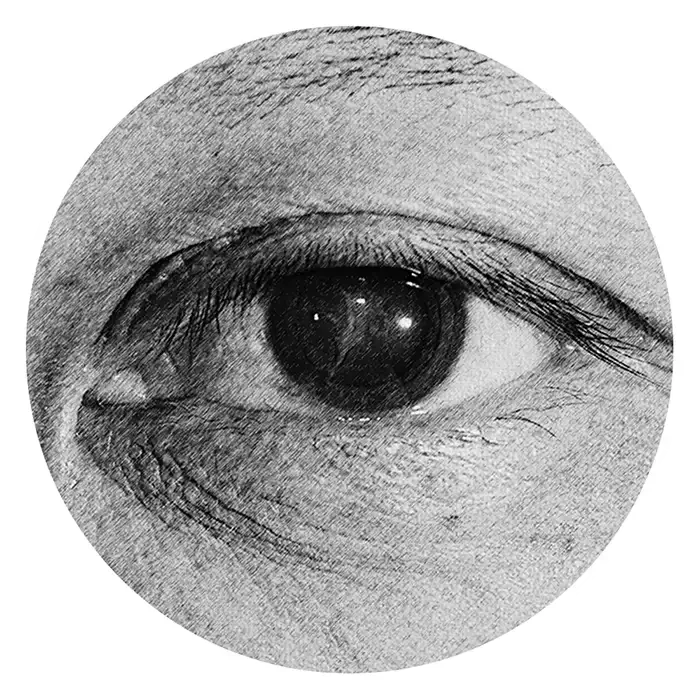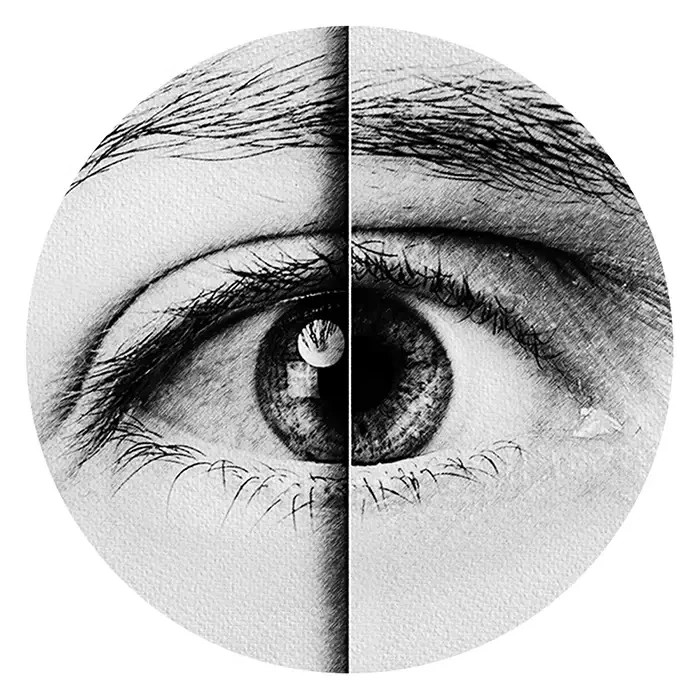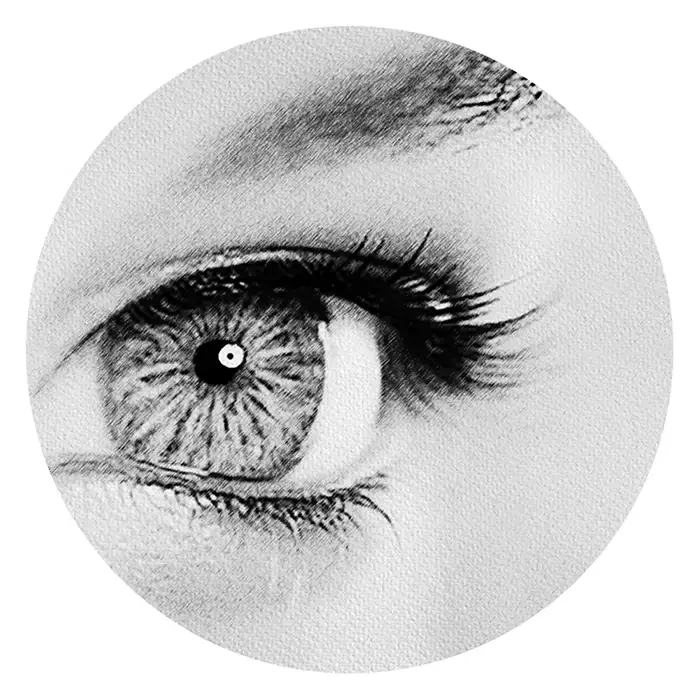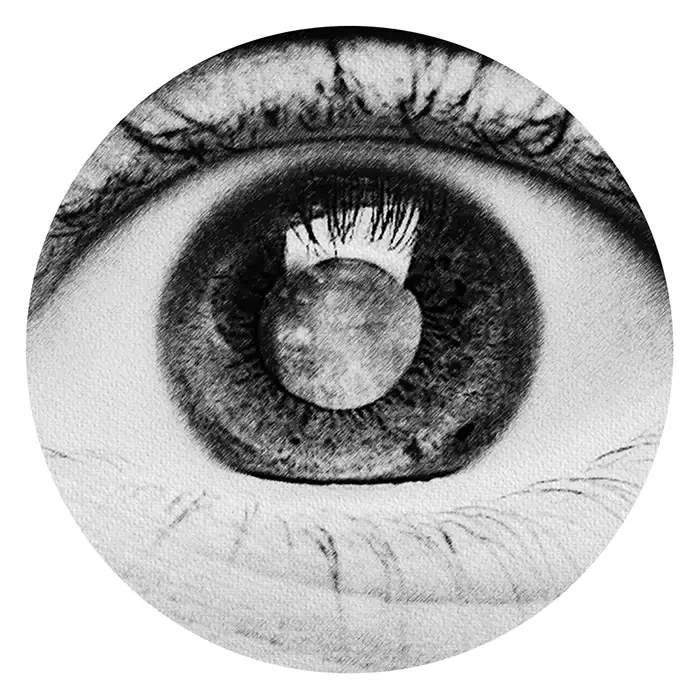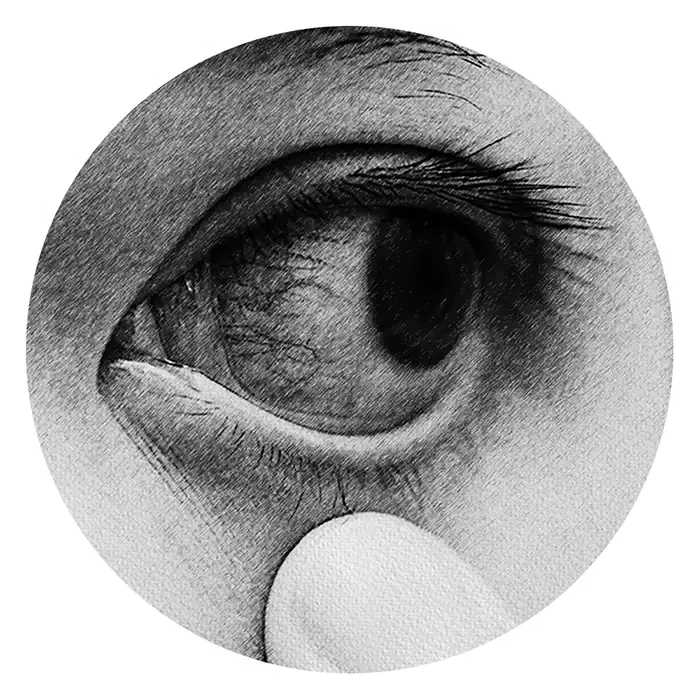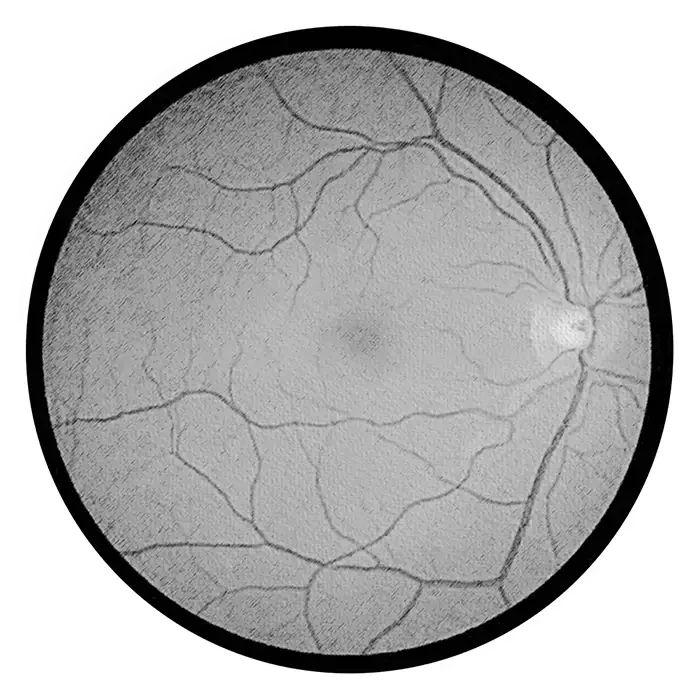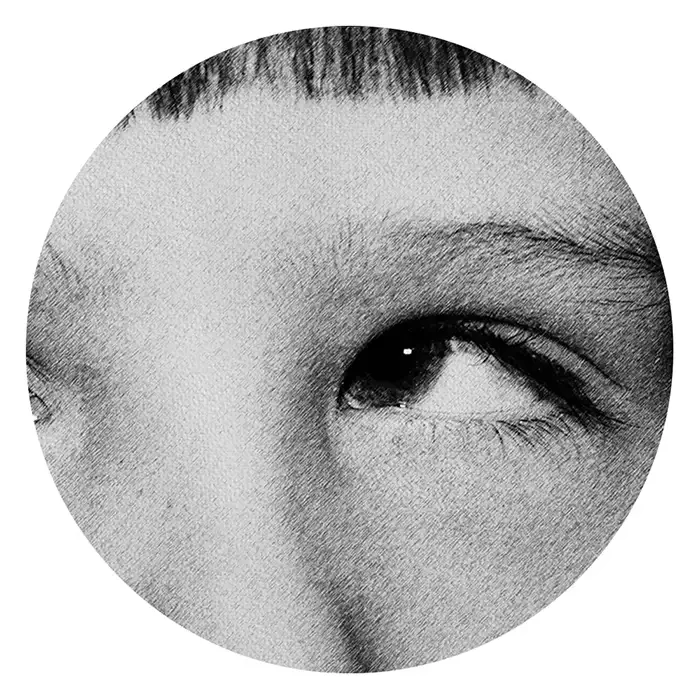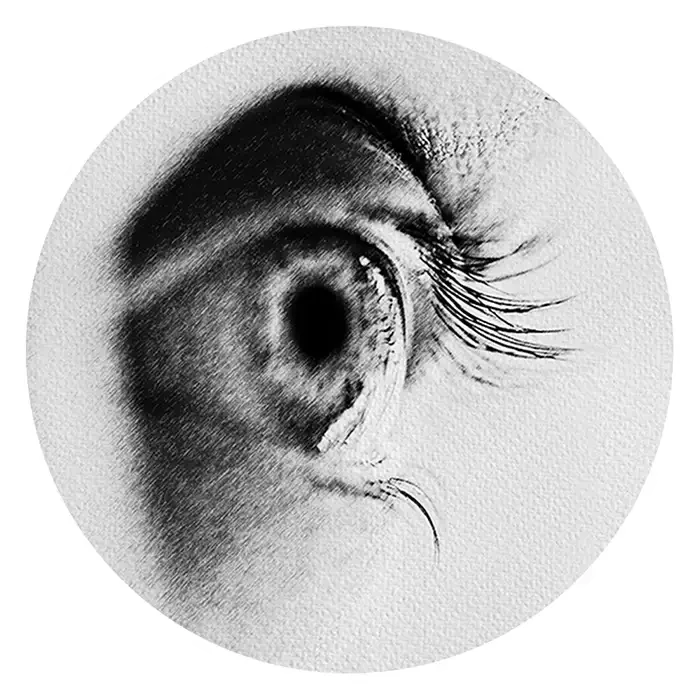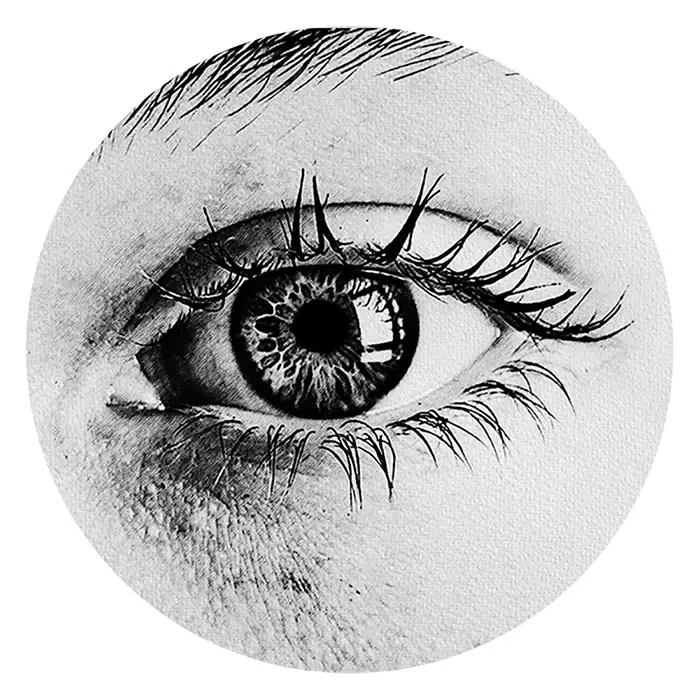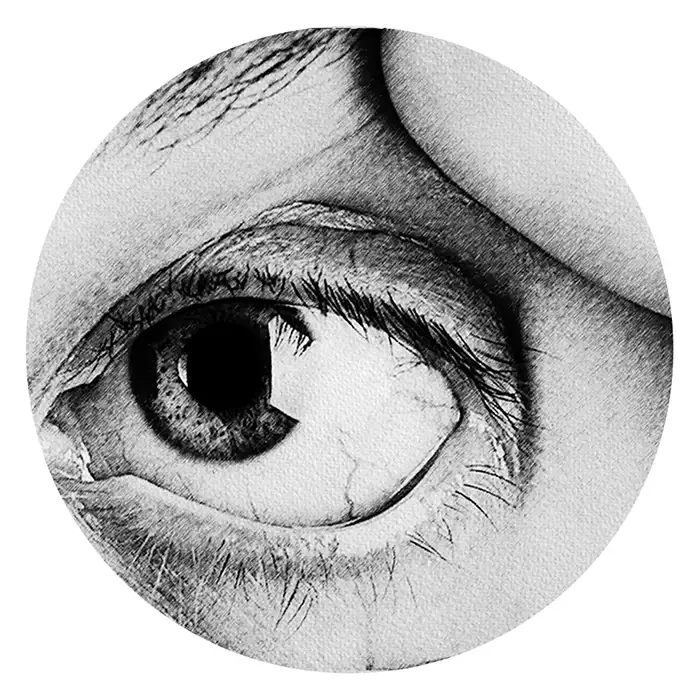Sources Program #2: Opthalmic Eye Disorder Groups
Ophthalmic eye disorders encompass a wide range of conditions affecting the structures and function of the eyes. These disorders can involve various parts of the eye, including the cornea, lens, retina, optic nerve, and surrounding tissues, and may result in vision impairment or loss if left untreated. Common ophthalmic eye disorders include glaucoma, corneal disorders, myopia, among others.
Myopia, or nearsightedness, is a refractive error where distant objects appear blurry while close objects remain clear. The Retyne program addresses myopia by targeting the underlying factors contributing to refractive errors, such as changes in the shape of the eye or abnormalities in the lens. By promoting ocular health and optimizing visual acuity, the Retyne program aims to mitigate the impact of myopia on individuals' quality of life.
Overall, the Retyne Ophthalmic Eye Disorders program offers a non-invasive and complementary approach to managing a variety of common eye conditions, including glaucoma, corneal disorders, and myopia. By harnessing the power of targeted frequency therapy, this program aims to promote ocular health, improve visual function, and enhance overall well-being for individuals affected by ophthalmic eye disorders.
The Retyne Mask is equipped with a Standard Controller upon shipment, containing 50 frequencies organized into 5 distinct Groups:
For General Opthalmic eye disorders, Glaucoma and other related conditions, the Retyne mask employs Program #2, categorized as a "General" Group, compatible with themask 's accompanying Controller. The following list enumerates these disorders, along with brief justifications for their inclusion in Program #2. This Group encompasses specific frequencies or frequency ranges deemed optimal for treating the respective eye disorders.
Bioresonance testing and research have identified specific frequencies within Program #2 that demonstrate efficacy in treating a diverse range of eye disorders, despite their seemingly unrelated nature. As a result, certain eye disorder frequencies within Program #2 have been included to accommodate these shared frequency characteristics.
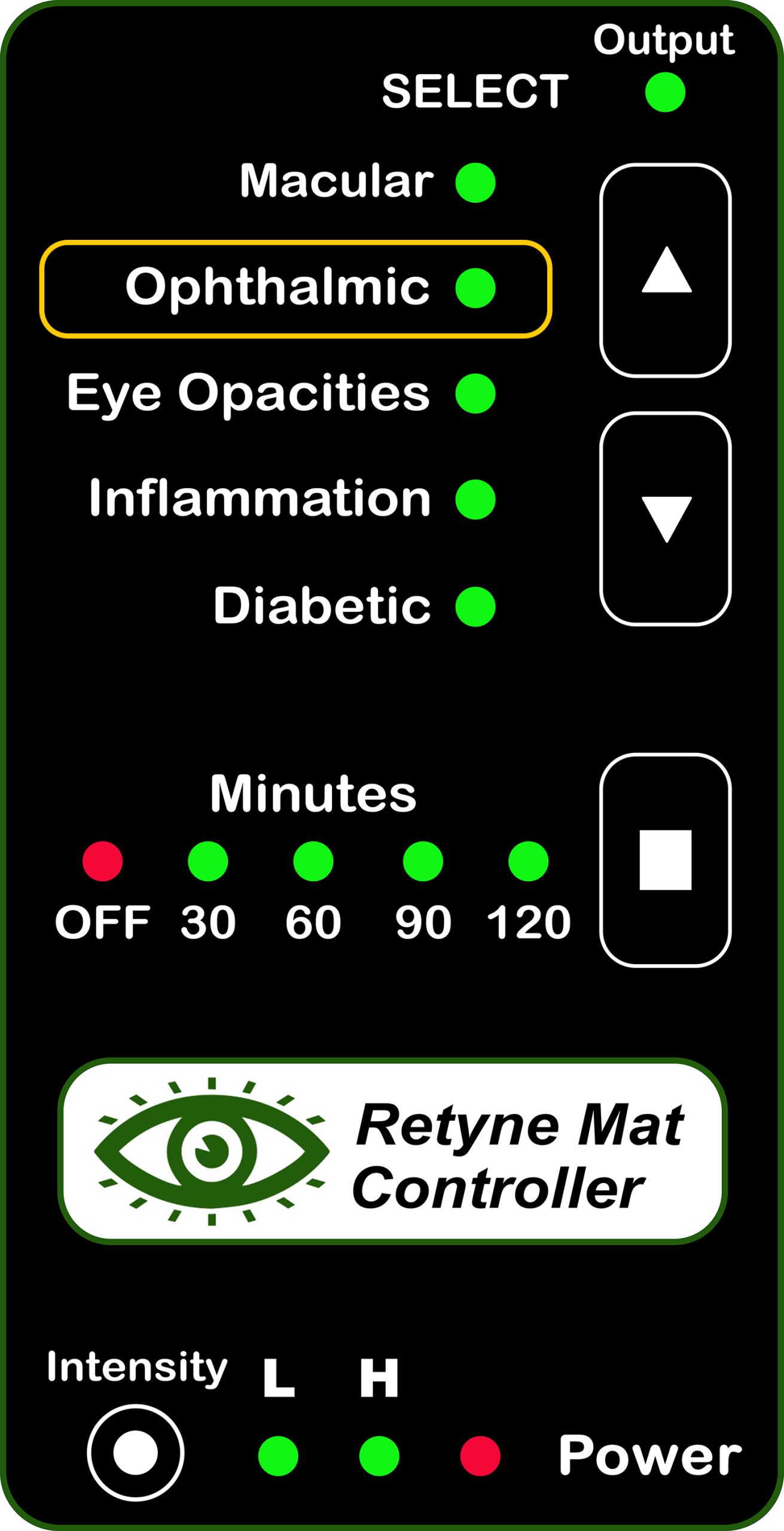
Some Program #2 eye disorders consist of multiple symptoms, so can be used in conjunction with one of the other 4 available controller programs, or use a specific group with the RDPV4 machine. This group may be marked “Specific Group” or “Alternate Group” and the program can be accessed through the menu on the RDPV4 machine. The Retyne Light mask can be directly connected to the RDPV4 machine to utilize Specific Group settings, eliminating the need for the controller.
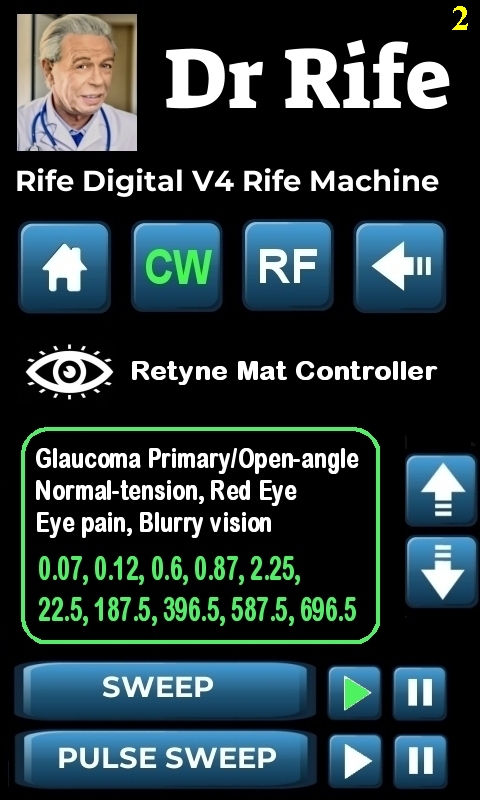
Eye disorders appropriate for categorization in Group #2 Program
Note: Some Program #2 eye disorders consist of multiple symptoms, so can be used in conjunction with one of the other 4 available controller programs. This will be indicated where necessary. For further details on utilizing multiple programs with the Retyne device, please refer to the "How to Use the Retyne" page.
- Bullous Keratopathy: Corneal swelling causing blisters.
- Closed-Angle Glaucoma: Increased eye pressure due to blocked drainage.
- Corneal Abrasions: Scratches on the cornea.
- Corneal Dystrophies: Genetic disorders causing corneal abnormalities.
- Corneal Ectasia: Thinning and bulging of the cornea.
- Corneal Transplant Rejection: Immune response against transplanted cornea.
- Corneal Ulcer: Open sore on the cornea.
- Farsightedness: Difficulty focusing on nearby objects.
- Floaters: Spots or specks in vision caused by vitreous changes.
- Glaucoma: Damage to the optic nerve due to high eye pressure.
- Hyperopia (Farsightedness): Distant objects appear clearer than close ones.
- Idiopathic Intracranial Hypertension: Increased pressure around the brain affecting vision.
- Iridocorneal Endothelial Syndrome (ICE): Corneal abnormalities causing glaucoma.
- Keratoconjunctivitis Sicca: Dry eye syndrome.
- Keratoconus: Cone-shaped cornea causing distorted vision.
- Keratomalacia: Corneal damage due to vitamin A deficiency.
- Myopia (Nearsightedness): Nearby objects appear clearer than distant ones.
- Nearsightedness: Difficulty seeing distant objects clearly.
- Normal Tension Glaucoma: Optic nerve damage despite normal eye pressure.
- Ocular Migraine: Migraine headache with visual disturbances.
- Open-Angle Glaucoma: Gradual optic nerve damage due to slow fluid drainage.
- Optic Neuritis: Inflammation of the optic nerve.
- Peripheral Ulcerative Keratitis: Corneal inflammation affecting the periphery.
- Pinguecula: Yellowish bump on the conjunctiva.
- Presbyopia: Age-related difficulty focusing on close objects.
- Pterygium: Growth of tissue on the conjunctiva.
- Retinal detachment: Separation of the retina from the underlying tissue.
- Retinal vein occlusion (CRVO): Blocked vein causing retinal swelling.
- Secondary Glaucoma: Glaucoma due to other eye conditions.
- Stevens-Johnson Syndrome (SJS): Severe skin and mucous membrane reaction affecting the eyes.
* Program 2 is a shared category denoting interconnectedness and co-listings with other eye disorders, potentially sharing frequencies to facilitate comprehensive treatment across distinct categories
